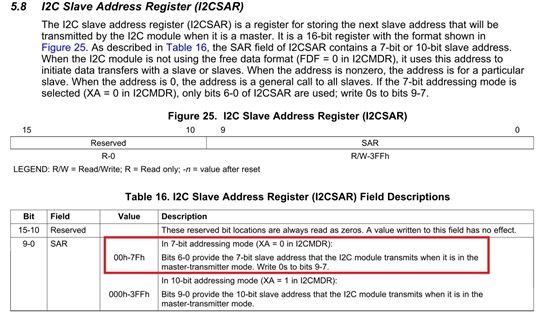Hello,
I am doing the interface of 24C08b i.e. eeprom with F28069 I2c_eeeprom.The Read operation is not working.While debugging in watch window I got the msg status of read structure is toggle between 0x21 &0x20;
Can anybody tell me where is the problem.


